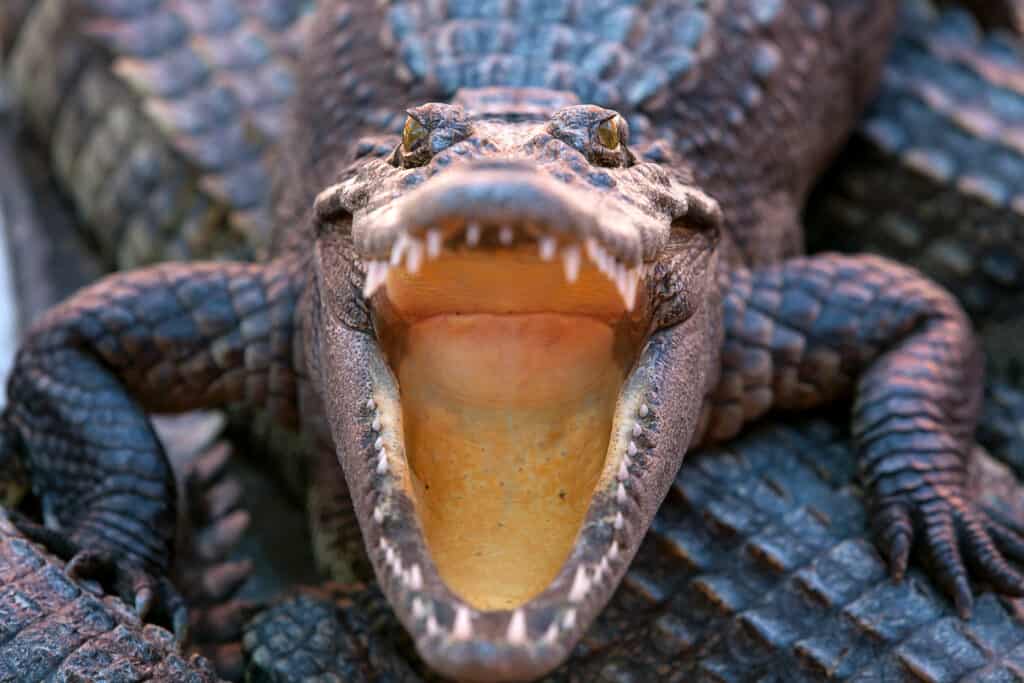Crocodiles are universally known as the largest reptiles on the planet, so most people know to stay far away from them. Generally, that looks like avoiding lakes and bodies of water in southern Florida (for anyone who lives in the US, at least), but did you know that it isn’t just freshwater that you have to be wary of? As one video shows us, the beaches of Mexico have some extremely dangerous reptiles lurking!
Make sure you check out the video below!
A clip recorded at Playa del Carmen on the Yucatan Peninsula in Mexico shows that the beauty of the area may have something more sinister lurking. In the clip, we see a printing Caribbean environment with white sandy beaches and looming palm trees, but there is something large in the blue waters.
Despite looking scary, what we are seeing in the water isn’t a sea monster, but a species of crocodile native to Mexico. There are a few species of Crocodilia that live across Mexico and using some deductive reasoning, we may be able to figure out which species this one is!
As a general rule, there are three species of Crocodilia (the larger family that crocodiles and alligators fall within): the American crocodile, the spectacled caiman, and the Morelet’s crocodile. The Morelet’s crocodile is endemic to Mexico and certain parts of Belize and Guatemala. As a true crocodile, they can grow over 9 feet long and can be very dangerous to humans. Generally speaking, Morelet’s crocodiles are only found in lagoons, freshwater regions, and in cenotes. It’s possible that this crocodile is a Morelet’s crocodile, but it would be a rare occurrence to see one in the ocean!

Crocodiles are apex predators.
©nattanan726/Shutterstock.com
The spectacled caiman is much more widespread than the Morelet’s crocodile, but it also is a bit smaller. The largest individuals grow to around 8 feet, but most are less than 5 feet. Although the spectacled caiman can tolerate a bit of salt water, they have a distinctive look and don’t seem to match what was captured in the clip.
Finally, we have the American crocodile. The American crocodile has a rather infamous reputation, although it’s actually quite rare across the United States. In the US, they are exclusively found in the most southern portions of the state but have an international range that extends as far south as Peru. The American crocodile is well-known to have a high saltwater tolerance, making it a likely candidate for our Mexican beach-visiting reptile in the video!
Since we can’t see the reptile up close, the only real evidence that we have to go on is the location. Judging by the size of the creature and its presence in the ocean, we are most likely seeing an American crocodile.
For anyone looking to vacation in Playa del Carmen anytime soon, it looks like sharks aren’t the only creatures you need to be looking out for!
Where is Playa del Carmen on a Map?
Playa del Carmen is on the northeastern side of Mexico’s Yucatan Peninsula, which sticks out from the mainland into the Gulf of Mexico, not far from Cuba. It is a popular tourist destination.
The photo featured at the top of this post is © Willyam Bradberry/Shutterstock.com
Thank you for reading! Have some feedback for us? Contact the AZ Animals editorial team.







